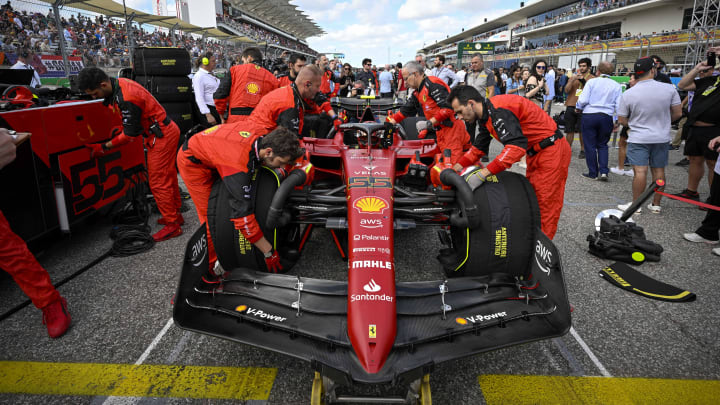F1 Spanish Grand Prix Team Upgrades Revealed - Ferrari, Red Bull, Aston Martin, And RB Bring Substantial Changes

As the Formula 1 circuit pivots to Europe for the commencement of its highly anticipated 2024 season, the Spanish Grand Prix is setting the stage not just for a race, but for a showcase of substantial team upgrades. As the first race of the triple-header, it serves as a critical proving ground for new technologies and strategies from the top teams, including Ferrari, Red Bull, Aston Martin, and RB Racing.
Ferrari
Ferrari has rolled out a comprehensive suite of upgrades aimed at mastering both medium and high downforce tracks. Key developments include a versatile rear wing capable of adjusting to different drag ranges, an optimized engine cover that improves airflow over the car's floor, and a re-engineered diffuser designed to extract more local load gains. The tweaks to the floor body and edges are set to control the diffuser vorticity and optimize the flow energy, potentially giving Ferrari an edge in adapting to varying track conditions.
Red Bull
Red Bull, known for their meticulous attention to aerodynamic efficiency, introduced modifications to their sidepod inlets, which will enhance cooling - a vital factor in the warmer climates of the upcoming European races. Accompanying these changes are updates to the car’s engine cover and an innovative rear wing endplate design aimed at exploiting air pressure more effectively, setting Red Bull up for an aerodynamically advantageous position.
Aston Martin
Aston Martin is not lagging behind, placing a significant emphasis on suspension and aerodynamics. The team has updated the suspension fairings and introduced new geometries in the front and rear corners of the car. These adjustments aim to improve load interactions and distribution, crucial for maintaining stability and speed through the demanding corners of the Catalunya circuit.
RB
Recent updates have been made to several components of the car to optimize performance for specific circuits and conditions. The front brake cooling duct has reverted to the specification used before Monaco, as Spain requires less brake cooling than Monaco or Canada. This reduction allows smaller ducts, freeing up air to be used for efficient downforce generation elsewhere on the car.
In the Coke/Engine Cover area, both the top and lower surfaces around the sidepods have been reprofiled. These changes, combined with adjustments to the sidepod inlet, enhance the flow over and around the bodywork, improving aerodynamics and boosting the performance of the floor and rear wing. The sidepod leading edge has also been reprofiled to complement the new bodywork, further improving the flow quality along the car's sides.
The floor body has seen updates to its height and shape, particularly in the forward section, with modified fences to match. These changes improve load distribution, generating additional local load while minimizing negative impacts on downstream flow quality.
For medium-high downforce tracks, a new rear wing has been introduced. Redesigned profiles improve the pressure coefficient (Cp), enhancing the wing's efficient load generation and targeting a specific drag level for current and future events. Additionally, the beam wing has been adjusted from the Monaco setup, with reduced camber and incidence. Positioned as an intermediate step for high and medium downforce circuits, the beam wing is designed to work with the upper wings expected to be used in Spain, targeting the appropriate drag level and providing aerodynamic support to both the upper wing and diffuser.
Mercedes, McLaren, Alpine, and Williams
Interestingly, while these teams are pushing the envelope with upgrades, others like Mercedes, McLaren, Alpine, and Williams have opted out of introducing updates for this event.
